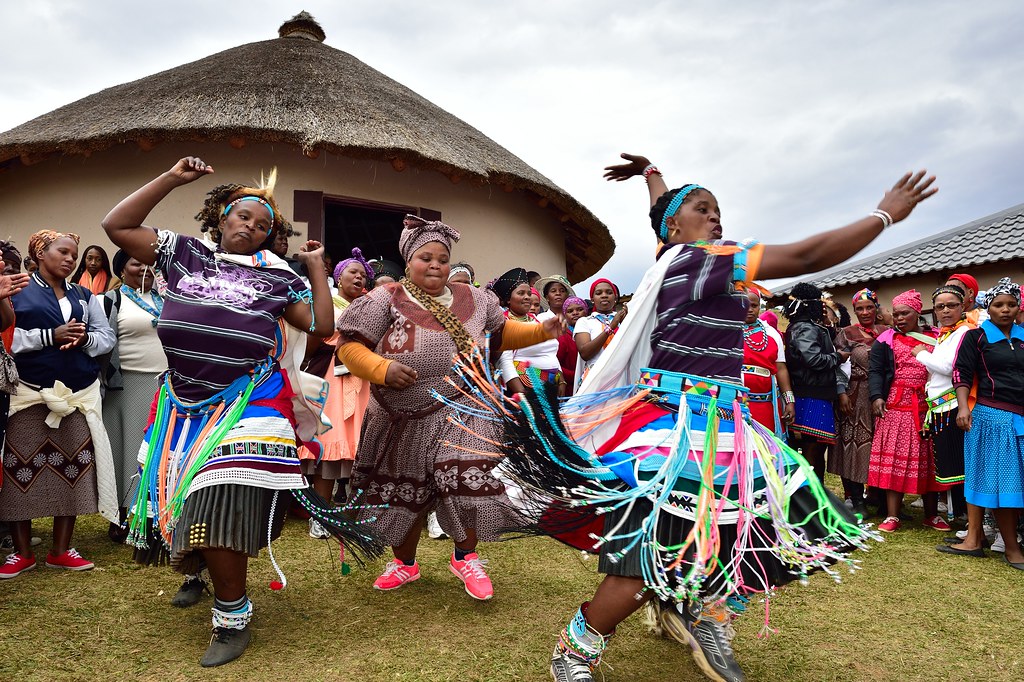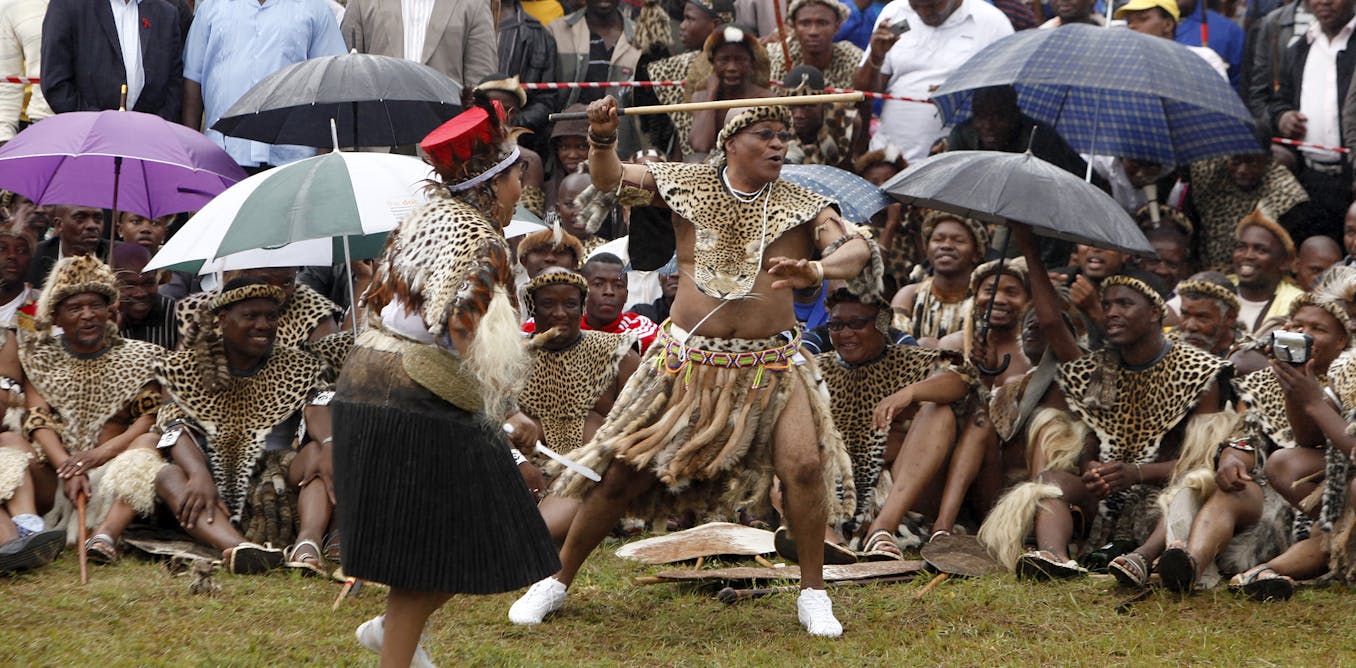Getting My South African Culture Today To Work
Getting My South African Culture Today To Work
Blog Article
Some Known Details About South African Culture Today
Table of ContentsThe Ultimate Guide To South African Culture TodayThe South African Culture Today DiariesThe Buzz on South African Culture TodaySouth African Culture Today for DummiesAn Unbiased View of South African Culture TodayGetting My South African Culture Today To Work
An issue of value in Zambian towns is the passing away of loved ones. All members of the village placed money, time and effort together for the burial of the deceased.Music and dance is a very crucial facet of the Zambian culture. The numerous tribal devices have their own dance types; nevertheless, makishi is usual among all people.
South African Culture Today for Beginners
When it involves music, drums are made use of the most, with a selection of drumming ceremonies. In Zambia, bulk of the individuals are Christian; Protestant and Roman Catholic. There are small teams of Muslims and Hindus, with the remainder adhering to neighborhood native tribal ideas.

South African heritage and society is immensely diverse, and contains various groups of people that each have their own customs and ideas. Having such a variety of individuals and cultures is what makes South Africa so unique. In the real feeling of the expression, we are a rainbow nation.
South Africa has approximately three hundred thousand Portuguese people living in it. Making it the 7th on the list of nations with one of the most Portuguese individuals in it beyond Portugal. Portuguese is not just a society, but it is also a language and a nationality. Portuguese individuals originate from the nation of Portugal in Europe, however, due to Portugal (like lots of various other nations in Europe) discovering the world and conquering various other countries throughout the 15th 20th centuries, South Africa has what we call Portuguese South African's living in it.
Top Guidelines Of South African Culture Today
Amongst the popular attributes of the topography is a plateau that covers nearly two thirds of the center of the country. The plateau complicated climbs toward the southeast, where it culminates in the Drakensberg range, part of a cliff that separates the plateau from the seaside locations. The Drakensburg includes Sparkling wine Castle, the highest top in the nation.
The region north of the Witwatersrand, called the bushveld, slopes downward from eastern to west toward the Limpopo River, which forms the worldwide boundary. The western section of the plateau, the middleveld, likewise comes down in the direction of the west and varies in altitude between the highveld and bushveld. In between the Drakensburg and the eastern and southerly coastline, the land comes down to the sea.
Nearer the shore there is a low-lying plain called the eastern lowveld. Southwest of the plateau the nation comes to be gradually much more dry, offering way to the stony desert of the Great Karroo, surrounded on the east by the reduced, better watered plateau of the Little Karroo. Dividing the dry southerly inside from the sandy coastal of the southerly coastline and West Cape is an additional variety, the Langeberg.
Everything about South African Culture Today
The nation's racially, ethnically, and politically separated background has created national and subnational signs that still work as icons of the country, and others icons that are accepted only by certain groups. The monoliths to white inhabitant occupation and political prominence, such as the Afrikaner Voortrekker ("leader") Monument in Pretoria and the Rhodes Monument recognizing the British colonial realm home builder and Cape head of state Cecil Rhodes, his response continue to be sectarian symbols.
The initial modern occupants were the San ("bushman") hunter-gatherers and the Khoi ("Hottentot") individuals, that rounded up animals (South African culture today). The San may have been existing for thousands of years and left evidence of their presence in hundreds of ancient cave paints ("rock art"). Bantu-speaking clans that were the forefathers of the Nguni (today's amaZulu, amaXhosa, amaSwazi, and vaTsonga peoples) and Tswana-Sotho language groups (today's Batswana and Southern and Northern Basotho) moved below east Africa as early as the fifteenth century

Both former republics of the Orange Free State and Transvaal (South African Republic) were established by Afrikaner inhabitants who defeated and dispossessed the Basotho and Batswana. Lesotho would have been by force integrated into the Orange Free State without the extension of British defense in 1869. The ultimate marriage of the country resulted from the South African War (18991902) in between the British and the two Afrikaner republics, which decreased the country to mess up at the pop over to this web-site beginning of the twentieth century.
Afrikaners traditionally considered themselves the just true South Africans and, while granting full citizenship to all citizens of European descent, rejected that status to people of shade till the autonomous shift of 1994. British South Africans maintain a feeling of cultural and social connection to Great Britain without weakening their identification as South Africans.
Not known Facts About South African Culture Today
The variety and fragmentation within ethnic groups and the balance of tensions in between those teams throughout the twentieth century prevented interethnic civil conflict. While intergroup stress over resources, entitlements, and political supremacy remain, those conflicts are as most likely to match Zulu versus Zulu as Zulu versus Xhosa or African against Afrikaner.
From colonial India, British merchants and administrators brought the curved metal decorative roofings and slender lace job columns that still symbolize the terraces of homes arounds and cities throughout the nation. Holy places contribute an important building facet even in the smallest communities. Along with the soaring steeples and timeless stonework of Afrikaans Dutch Reformed churches, Anglican churches, synagogues, mosques, you can try here and Hindu shrines provide selection to the religious architectural scene.

Butchering and the brewing of typical cereal beer are important in safeguarding the participation and a good reputation of the ancestors that are considered the guardians of great ton of money, success, and well-being. Indian neighborhoods keep their indigenous culinary customs and use them on Islamic and Hindu routine and ritualistic celebrations. Afrikaners and Coloured people collect at weekend breaks and unique occasions at multifamily barbecues called braais, where area bonds are strengthened.
Since this was the main financial venture of both black Africans and white colonists, conflict in between those groups focused on the property of grazing land and livestock. In 1867, the biggest ruby deposits in the world were uncovered at Kimberley in the west central area. The wide range from those fields assisted fund the exploitation of the best gold reef on the planet, which was found on the Witwatersrand in 1886.
The 8-Minute Rule for South African Culture Today
This caused misunderstandings and intentional misstatement in the transactions of white settlers and federal government officials with African principals throughout the colonial period (South African culture today). In the facility of African books, some elements of communal and primarily "tribal depend on" land period were preserved, and even in white backwoods, types of communal tenure were still practiced in areas with African areas
After the autonomous makeover of 1994, programs for land restitution, redistribution, and reform were instituted, yet progress has actually been slow. The white minority still regulates eighty percent of the land. Following farming land invasions in Zimbabwe, the Division of Land Affairs has actually promised to speed up land redistribution.
Report this page